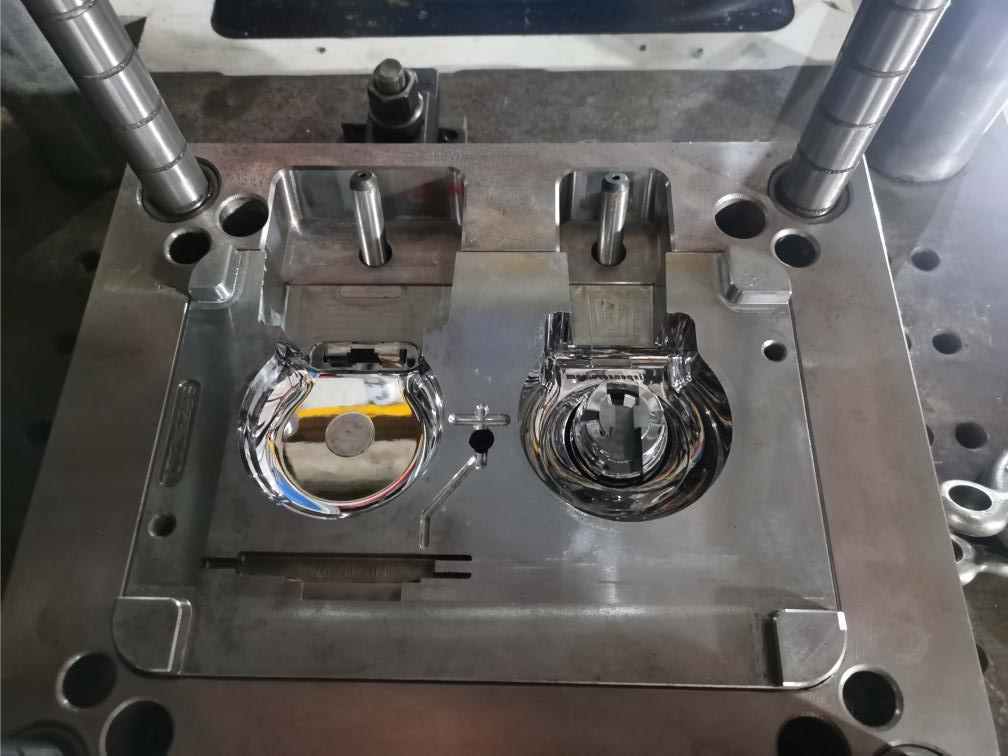
- English
- Español
- Português
- русский
- Français
- 日本語
- Deutsch
- tiếng Việt
- Italiano
- Nederlands
- ภาษาไทย
- Polski
- 한국어
- Svenska
- magyar
- Malay
- বাংলা ভাষার
- Dansk
- Suomi
- हिन्दी
- Pilipino
- Türkçe
- Gaeilge
- العربية
- Indonesia
- Norsk
- تمل
- český
- ελληνικά
- український
- Javanese
- فارسی
- தமிழ்
- తెలుగు
- नेपाली
- Burmese
- български
- ລາວ
- Latine
- Қазақша
- Euskal
- Azərbaycan
- Slovenský jazyk
- Македонски
- Lietuvos
- Eesti Keel
- Română
- Slovenski
- मराठी
- Srpski језик
HY chooses the quick proofing method
All companies hope to quickly manufacture parts and components, shorten time to market, and seize market share as early as possible, thereby increasing business advantages and gaining more profits.
This article discusses how to make parts faster, choose the right manufacturing process, and establish effective communication channels with manufacturers.
Choose a rapid manufacturing process
Even the best manufacturers have different processes for making parts quickly. For example, if CNC casting or stamping is required to produce a part, you cannot use 3D printing to prototype it. If you proof like this, it greatly changes the function and capabilities of the part.
Therefore, it is important to determine which manufacturing processes are suitable for the project.

For rapid prototyping production, there is usually greater flexibility than high-volume production. Most proofing does not have strict mechanical and material requirements, so speed is the deciding factor.
There are more stringent requirements for production parts. However, the process of making rapid prototypes (such as 3D printing) is not necessarily a rapid process for mass production.
CNC machining
CNC machining is a relatively fast manufacturing process, especially for short-run production and prototyping.
For high-volume production, where efficiency is lower and there are no economies of scale, producing more units does not significantly reduce the time per unit. Machining complex parts also takes more time than machining simple parts.
Injection molding
Injection molding is a two-step manufacturing process that requires the creation of 3D drawings. Therefore, it's a slow process for short-run production and prototyping.
But while making the molds is a slow process, injecting the plastic lenses is lightning fast. This means that once the mold is complete, each unit of the plastic part can be manufactured very quickly. Therefore, the process is very fast for mass production.
Sheet metal processing
It's usually obvious when a part should be made from sheet metal, so you rarely need to decide between sheet metal and alternatives.
However, there are a series of separate processes associated with sheet metal fabrication, and the range of machinery required (brakes, shears, etc.) can make rapid prototyping and short-run production slower than all-in-one processes such as CNC machining.
3D printing
3D printing is a rapid manufacturing process suitable for prototypes and very small production runs (usually less than 10 units).
Its speed comes down to a very short setup time, although the actual build time may not seem particularly fast. Importantly, 3D printers can make very complex parts at the same speed as simple parts, which sets them apart from CNC machines and other subtractive technologies.



